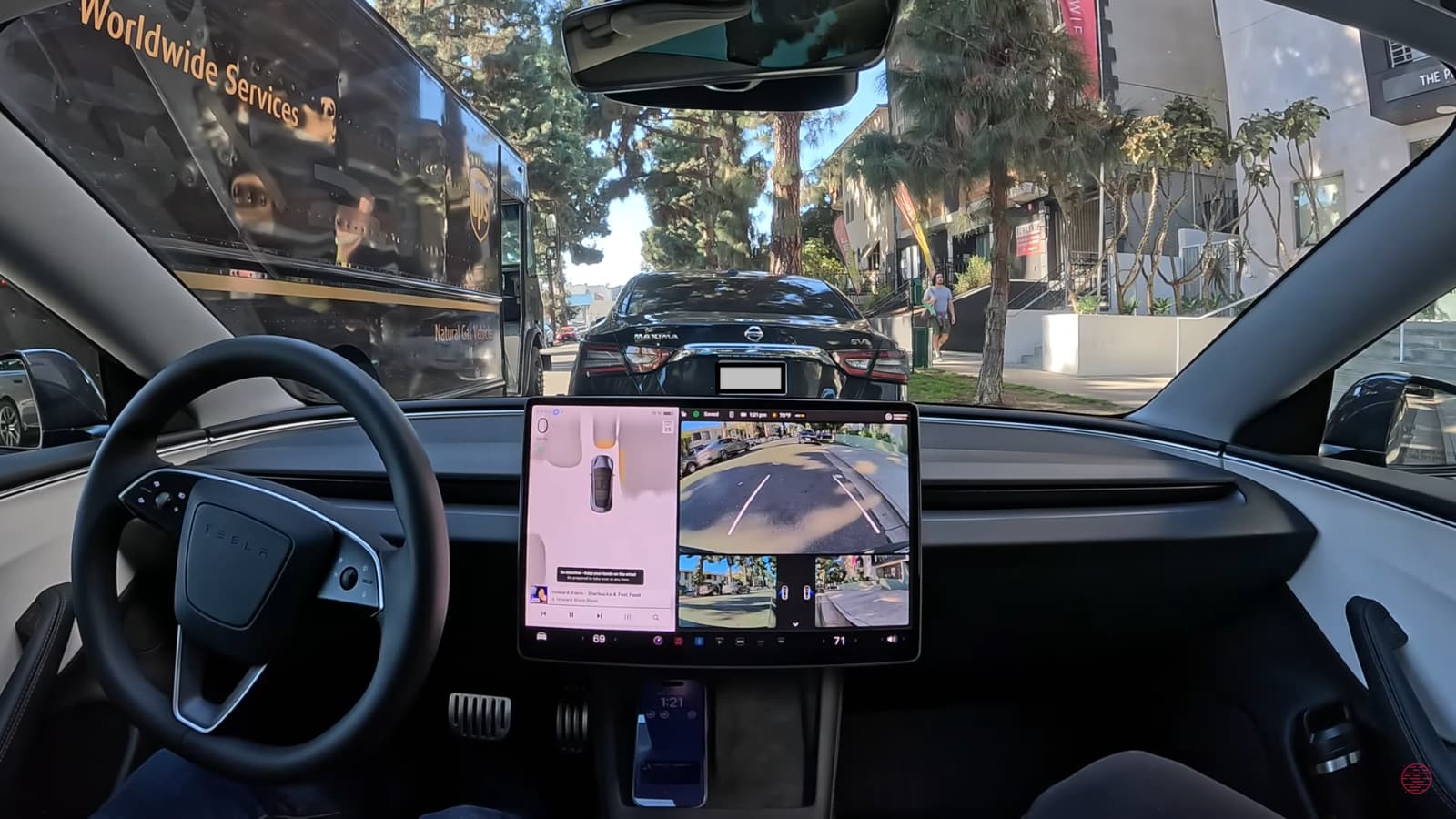Tesla's FSD 14 Advances, Shifting Steering Wheel Focus to Infotainment

Tesla's Full Self-Driving (FSD) version 14 has begun its rollout to customers in October 2025, bringing with it a suite of enhancements that have prompted notable commentary regarding the system's increasing capabilities. Among the most striking observations, prominent Tesla community figure "Whole Mars Catalog" stated in a recent tweet, ">With FSD 14, the steering wheel only exists to provide physical controls for the sound system." This remark underscores a perceived shift in the driver's role, suggesting a significant leap in FSD's autonomous driving performance.
FSD v14, described by Elon Musk as the second most important AI/Autopilot update since FSD V12, integrates features developed for Tesla's Robotaxi program. Key improvements include enhanced handling of complex scenarios, edge cases like road debris and emergency vehicles, and new "Arrival Options" for parking. The update also introduces customizable "Speed Profiles" and user interface improvements, aiming to refine the driving experience.
Despite the advanced functionalities, FSD v14 remains classified as a Level 2 driver-assistance system, requiring constant driver supervision. Tesla explicitly states that the system "does not make your vehicle autonomous" and drivers must "remain attentive." The company has also adjusted its "strike forgiveness" period for FSD from seven days to 3.5 days, emphasizing the ongoing need for driver engagement and caution.
The new FSD version is expected to feature a tenfold increase in parameter count within its neural networks, a critical upgrade for the autonomous driving system. Tesla's Q3 2025 earnings call confirmed the deployment of FSD V14 in October, highlighting its ability to tackle complex scenarios and edge cases. While the "Whole Mars Catalog" tweet suggests a future where manual steering is minimal, regulatory frameworks and Tesla's own disclaimers still mandate active driver oversight.